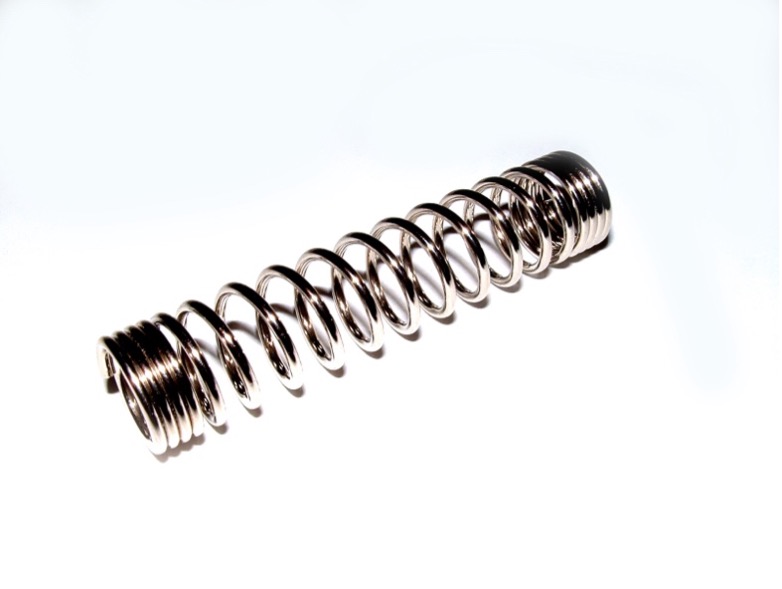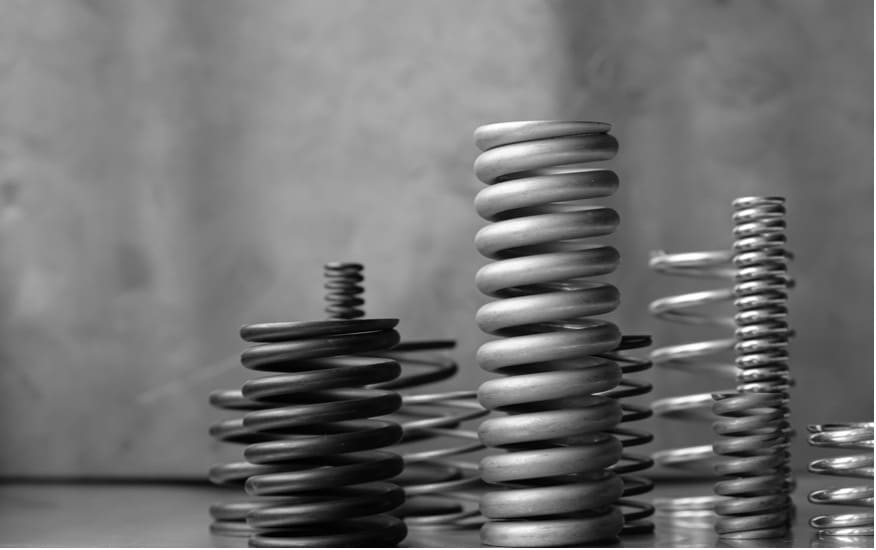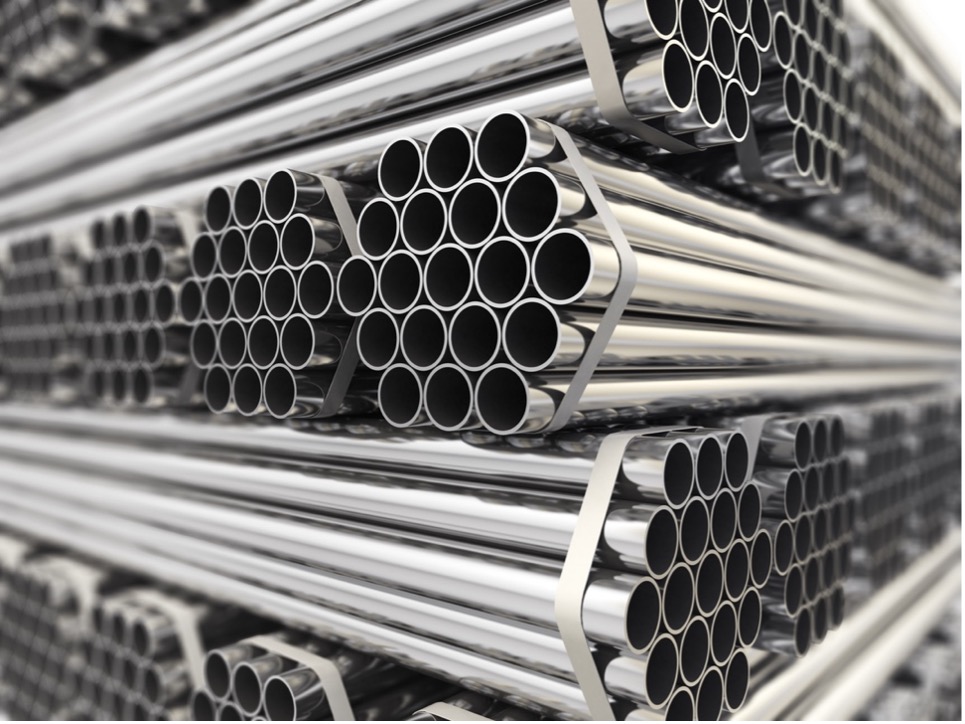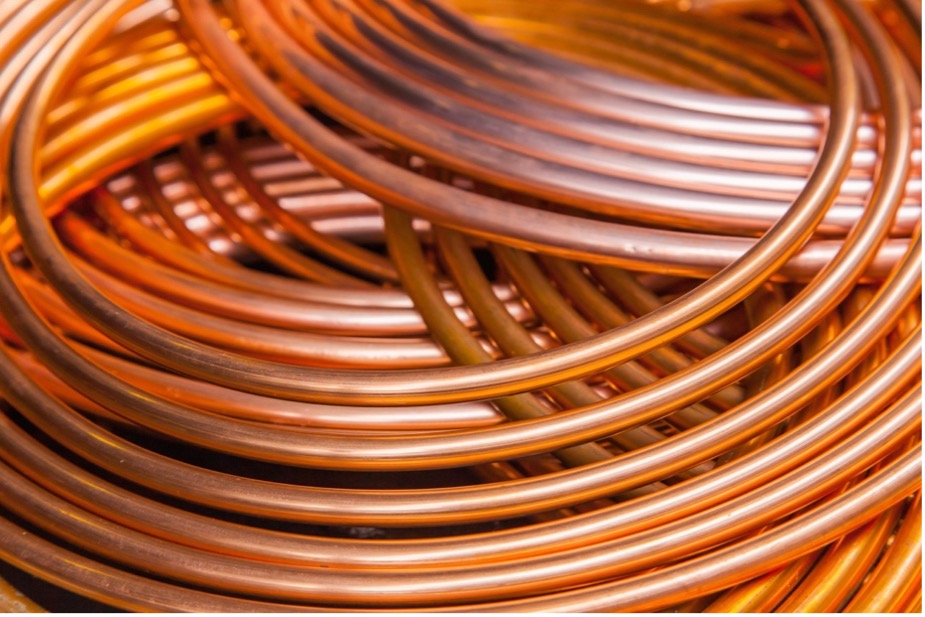Engineering apprenticeships are excellent investments for both the student and the employer and provide many benefits to the UK manufacturing industry as a whole. The sector has long been struggling with a skills shortage due to a lack of new talent and the invention of increasingly complex technology, but engineering apprenticeships effectively combat these challenges.
This blog will share how the various engineering apprenticeships nationwide are excellent solutions for both aspiring engineering students and a sustainable way for manufacturers to grow their teams and their businesses overall.
UK South East Manufacturing Growth in 2024
Manufacturing across England has seen significant progress, with the latest Make UK Regional Snapshot Outlook 2024 showing improvement in our region, where our spring manufacturing facility is located.
Over the past year, the region has seen strong performance, with an output balance (the number of businesses that report an increase in production) averaging +20%, placing it among the top-performing areas nationwide. Orders to manufacturing businesses in our part of the country have also seen substantial growth, with a balance figure of +22%, indicating a healthy demand for UK manufactured goods.
While employment here hasn’t quite kept up with the national average—growing just 8% instead of the needed 9%—there’s good news. The government has put forward plans to help bridge this gap and support continued growth in the region. For example, various initiatives that fall under the larger umbrella of the National Engineering and Technology Workforce strategy are planned to support T-levels, enhance diversity in STEM workforces and promote apprenticeships.
UK Government Supporting Apprenticeship Growth
With engineering and technology set to expand rapidly by 2030 to meet the nation’s NetZero targets, there’s pressure to equip young engineering students with the necessary skills. To achieve this, the new Labour government is focusing on apprenticeships and tailored training opportunities to meet current demands and drive future innovations, including major projects like Great British Energy. This plan is aimed at increasing the UK’s energy security and sustainability by investing in a diverse range of green technologies and advanced technologies that will need young, intelligent engineers to understand. It focuses on increasing domestic renewable energy production, reducing reliance on fossil fuels, and fostering innovation in energy storage and grid management.
EngineeringUK and the National Engineering Policy Centre are advocating for a National Engineering and Technology Workforce Strategy. This strategy is essential for aligning education and training with industry needs, ensuring that young people are not only entering the workforce but are also equipped with the skills necessary to thrive.
With all this support, we predict that the labour and skills shortages that have challenged our industry will be a thing of the past, with many more young people seeing the benefits of joining our industry and many more employers seeing the benefits of this inclusion as we have for many years.
How Do Apprenticeships Support Businesses?
Engineering apprenticeships provide an excellent employment solution for UK manufacturers as they allow new talent to join an industry where skills gaps have been present in the past. They also give employers the opportunity to develop young engineers in line with the company’s demands at the time. For example, as technology and processes evolve, such as the invention of synthesised nanosprings, apprenticeship programs will adapt, keeping the potential workforce up-to-date with the latest industry advancements.
They also offer clear career progression and continuous learning opportunities, which increases employee loyalty. We’ve seen how apprenticeships not only lead to long-term employment but also contribute to a highly skilled workforce capable of meeting market demands. We believe that investing in apprenticeships is crucial for ensuring the future success and competitiveness of both our company and the manufacturing industry.
Engineering Apprenticeships at European Springs.
Every year, we at European Springs are glad to take on new aspiring engineers to support their growth and studies and eventually become valued members of our industry.
Our highly successful apprenticeship programme offers a unique opportunity for young engineers to earn while they learn. By combining the latest classroom instruction with experienced hands-on training, the apprentices who choose us gain the knowledge, skills, and experience necessary to become qualified engineers. This programme not only leads to an industry-recognised City & Guilds or BTEC qualification but also provides a direct pathway into a rewarding career in engineering. Many of our apprentices go on to secure full-time positions with us, continuing to develop their expertise and contribute to our success.
You’ll work alongside experienced professionals making the various products we sell, such as classic compression springs and pressings, learning by shadowing, conducting supervised work, and practical assessments. The flexibility of our programme allows you to grow at your own pace, with the potential to become fully qualified within 1-4 years.
We believe in investing in our nation’s future workforce and recognise the importance of supporting the growth of new talent. If you or someone you know is looking to start a profitable career in spring manufacturing, apply to our apprenticeship programme today and benefit from the solid foundation for a successful and fulfilling career in engineering.









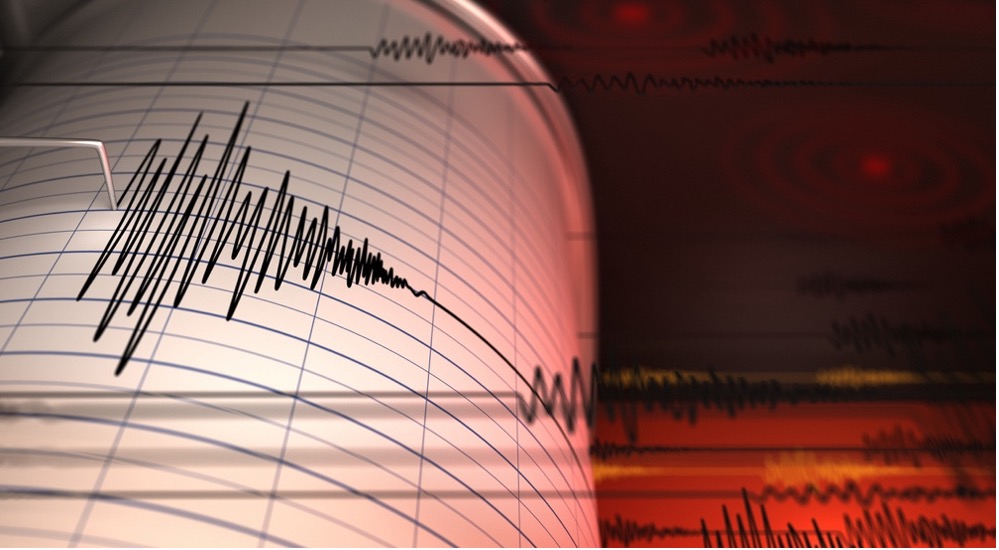
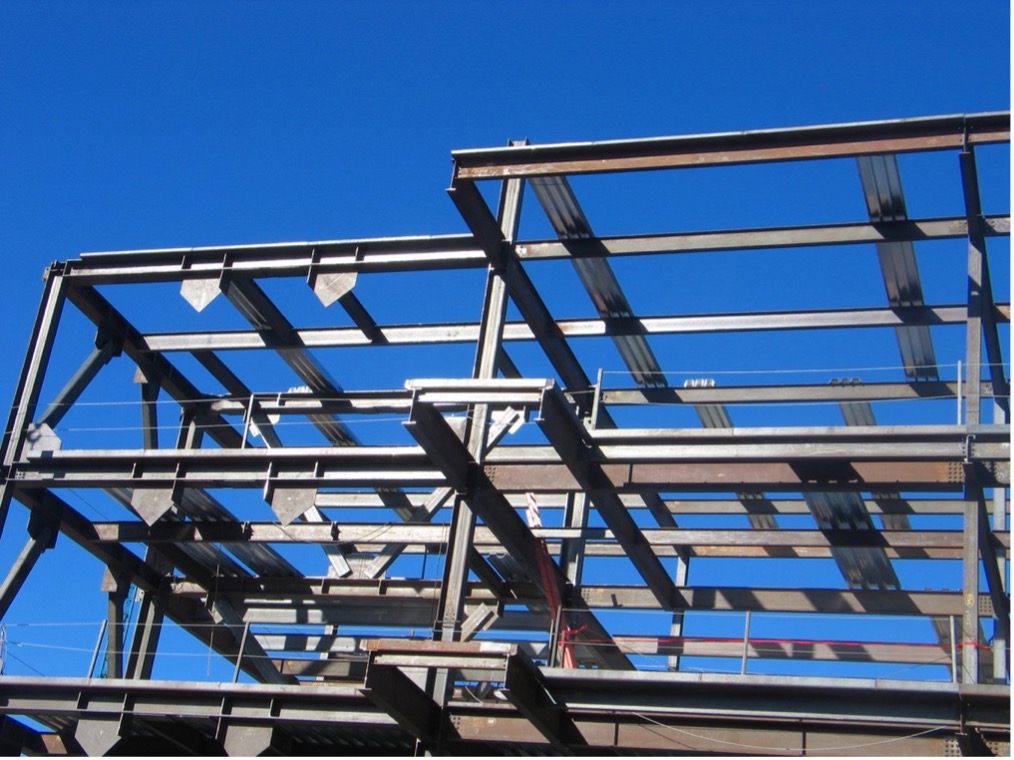

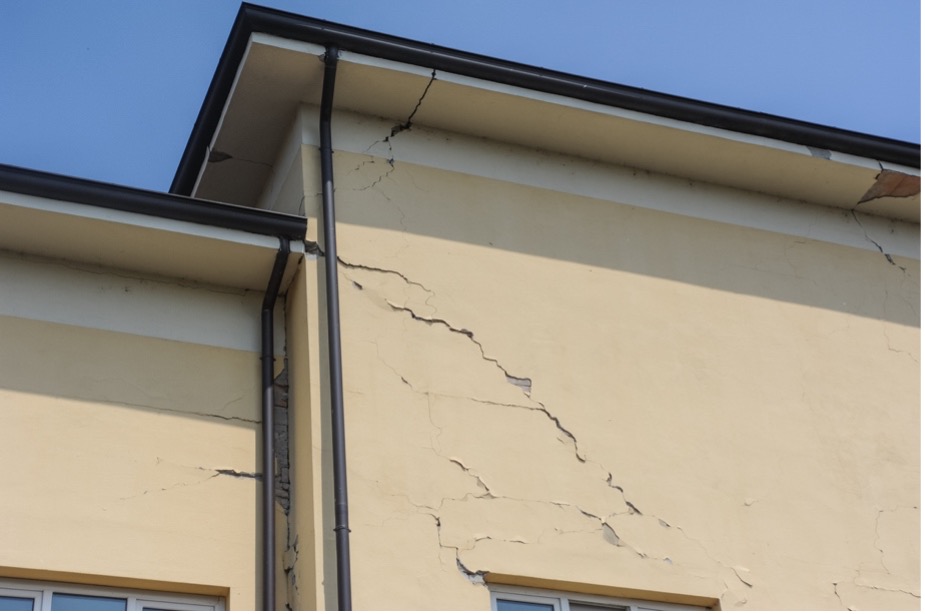

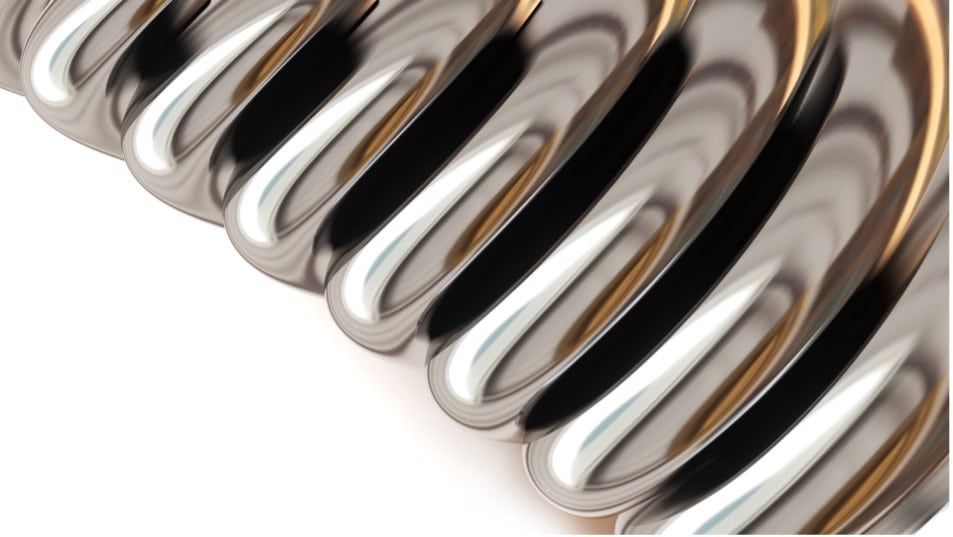
 Zinc Plating: The Secret Behind Long-Lasting Springs
Zinc Plating: The Secret Behind Long-Lasting Springs